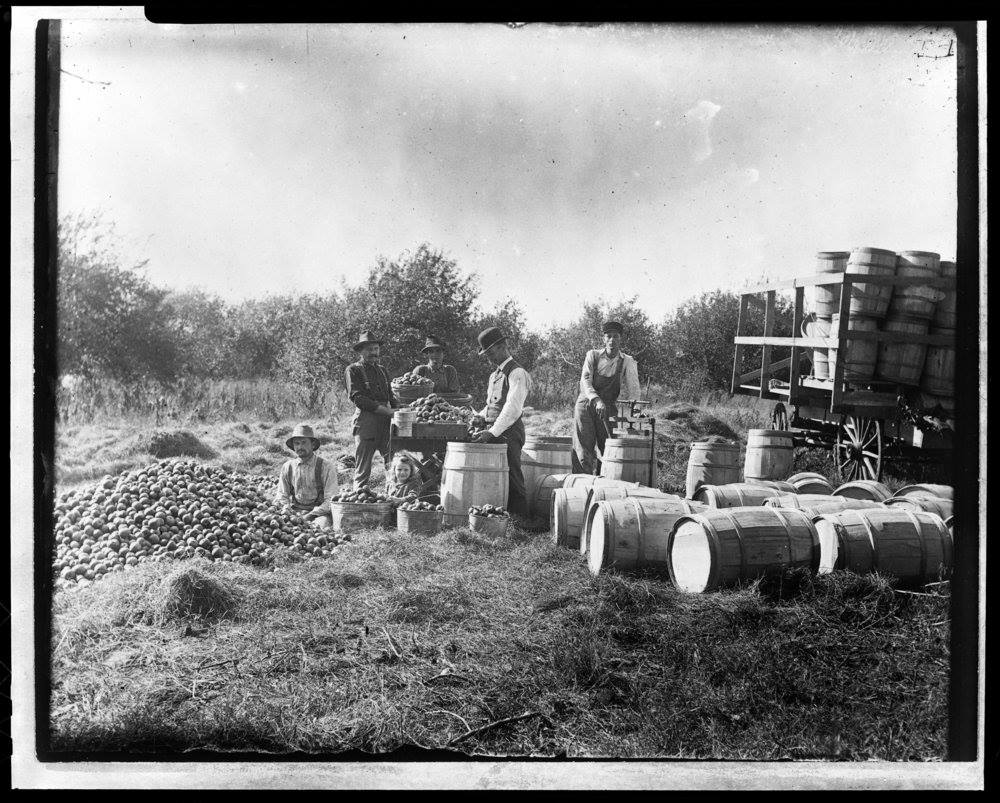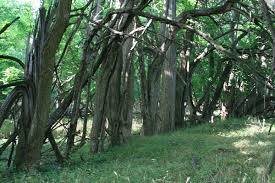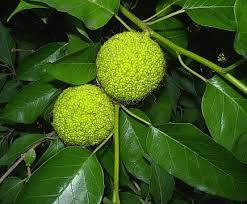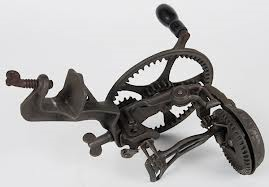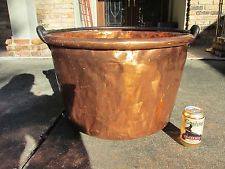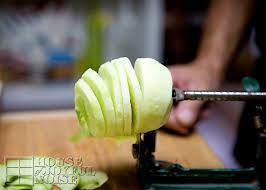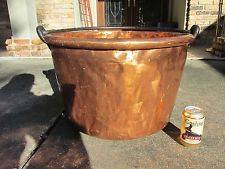When I was young, you could drive through the countryside and see fields divided by what were called hedge rows. These dividers were usually 50′ or so in width and would surround 40, 80, or 160-acre fields. They were dense and this time of year, the hedge tree produced large green balls called hedge apples, or hedge balls.
In the pioneer era and much later, the government actually encouraged the planting of hedge row field dividers in the Homestead Act of 1873. A few years later, the government saw the benefit of planting trees on the prairie to hold the soil and provide windbreaks. The United States amended the Homestead Act to include providing an additional 160-acres of land (360 total) if the grantee would agree to plant at least 40-acres of that 160-acres into a wood or timber lot.
Counting towards that wooded acreage, was the planting of hedge trees to be used as fences dividing fields. These were particularly popular in Kansas, because they were easy to grow and hedge trees grew quite quickly. It was possible to plant a hedge fence one year and have a working hedge barrier around corrals and fields within three years. The hedge was thorny and most animals didn’t want to attempt to eat it or walk through it. Hedge was also used for fence posts and was a renewable resource. You could cut hedge posts from a tree and three years later cut a new crop of them from the same tree. Hedge was very, very hard wood and the posts would last for 30, 40 or even 50 years if they were not burned off in a prairie fire.
Using hedge for firewood was difficult but resulted in very hot fires. The firewood was difficult to harvest in a hedge row, because the trees did not grow in a uniform fashion. Branches went in every direction and were thorny. The wood was extremely hard and dense and saws had to be sharpened to perfection. The hedge also was sappy and had to be very dry before burning. Otherwise, the residue would accumulate on stove pipes and chimneys causing chimney fires. No house was immune and many pioneer homes burned to the ground because there was no fire protection. If one burned hedge wood, it was advisable to mix one or two pieces with other hardwoods such as oak. That still produced a very hot fire but there were often reports of hedge wood causing cast iron stoves to simply melt when too big of a fire was built.
Aside from the Homestead provisions, it was just good common sense to plant orchards and wood lots.on farms. It is very interesting to read the Kansas State Agricultural Departments Agricultural Census. It was taken in every county and township in the state. On the census, the total number of acres in each farm was listed, how many of those acres were in production and how many in grass, how many horses, mules, cows, cattle, pigs, goats, etc. were on that farm, how many acres were in garden and how much was produced in that garden, and finally how much was in timber and how much land was in orchard. The varieties of fruit was listed and how much crop had been produced. The census also provided the monetary value of each crop and the numbers of hours spent in planting, cultivating and harvesting each crop—as well as how many people worked on the farm. I’m sure farmers absolutely hated taking the time to complete the survey, but the information is interesting and valuable today.
I have read the census for many of the farms in Maple Hill Township and nearly every farm had some land in planted in wood lots and some in orchard. Often the orchard was just large enough for family use but on several farms, there were extensive orchards of peach, pear, apricot, plum and apple trees.
We’re fortunate in having several excellent photographs of the orchard and apple harvest of the farm of Edward and Estella Knapp southeast of Maple Hill. Estella Knapp had a large commercial-type camera and went about the countryside taking pictures of farm families, farmsteads, orchards, cattle, etc. Edward and Estella Knapp’s daughters were Hazel (Knapp) Ballinger, Lois (Knapp) Ballinger (both ladies were married to Harry Ballinger, first Lois and then after her death Hazel) and Hattie (Knapp) Lawson.
The two photographs that are available both have a little girl in them. It would appear from clothing that they were taken in the early 1900s, but I do not know which of the Knapp daughters it might be. Perhaps Marlene (Lawson) Davis might be able to provide the answer.
it’s easy to see that the men working on the Knapp farm are sorting the apples, pulling off twigs and then putting them into barrels to be shipped to market for sale. Later in the season, apples might have also been used for milling into vinegar or cider. In that instance, the apples would not have been put into barrels but would have been loaded onto horse-drawn wagons and pulled to the mill. As you probably know, cider will eventually become vinegar or a high alcoholic drink called apple jack or hard cider.
Most of the smaller operations made cider in their small, hand-powered presses. After pressing, the pulp was then fed to livestock or spread on gardens where it was turned under by hand or with a plow and became excellent fertilizer.
A great deal of the apples were processed into canned apples or apple pie filling. This either required that apples were peeled by hand, or that one of many different kinds of apple peelers were put into service. Some of the peelers would actually peel and slice the apples so that they were reading to be canned for pie filling. Another means of preserving apples was to dry them. The apples would be peeled and spread onto drying boards and covered with cheese cloth to keep the flies off. Many people also built drying screens or used old window screens. They would just lay the apples on the screen, cover with cheese cloth, and put another old window screen on top. This allowed them to be flipped very easily. Dried apples would keep all winter until they were re-hydrated for use.
Canning apples required a great deal of time over the hot wood range in pioneer days. You had to fill jars, wipe the mouth so that the jar would seal properly, and put the jars into a warm water bath where they were boiled for set periods of time. Apple were very sweet and usually had additional sugar in the filling, so you didn’t have to worry quite as much about spoilage as you may have in canning tomatoes or other vegetables. Sugar and salt are both good preservatives.
Life for pioneer mothers and fathers was never easy. Mothers were kept busy in gardens, farmyards, wash houses and kitchens, and fathers were usually in barns and fields, or cutting fire wood all summer to heat the house in winter.
Anyone want to return to “The Good Old Days?”
